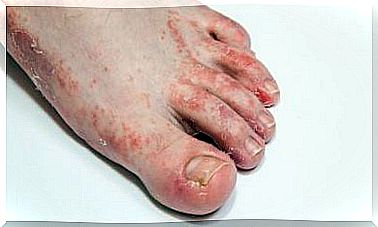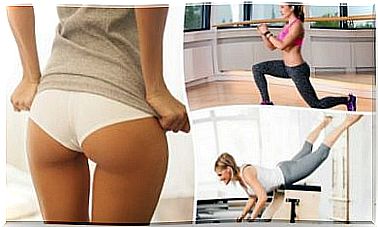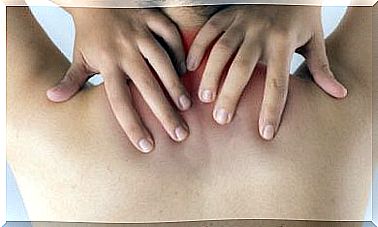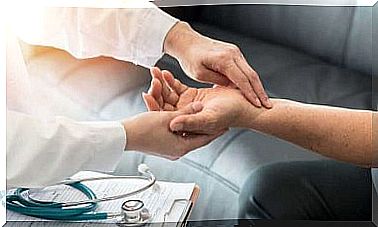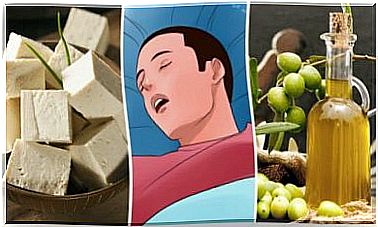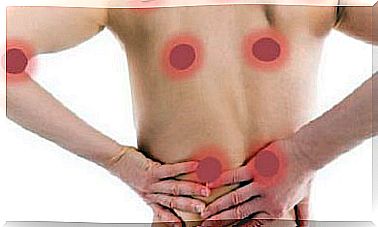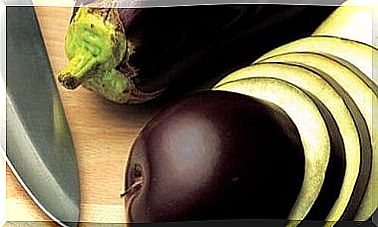Swollen Legs: 8 Tips For Faster Relief
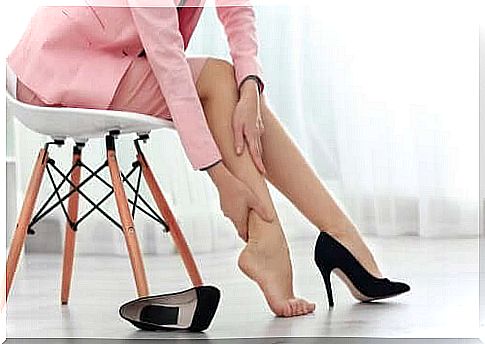
Massaging your swollen legs and ingesting diuretic foods can help stimulate circulation, and therefore reduce swelling in the legs as well as related symptoms.
Having swollen legs can be the result of overexertion, circulatory problems or fluid retention. This symptom usually affects women and is described as a feeling of being heavy, which sometimes makes it difficult to move.
Swelling often triggers episodes of prolonged pain that only disappear with rest. In addition, it can be accompanied by a tingling sensation, numbness and other symptoms that are difficult to deal with and reduce your quality of life.
Although this condition goes away on its own in most cases without the need for treatments, there are some precautions you can take to deal with it naturally.
Below we look at the main causes of swollen legs, and go through 8 simple tips for faster relief.
Causes of swollen legs
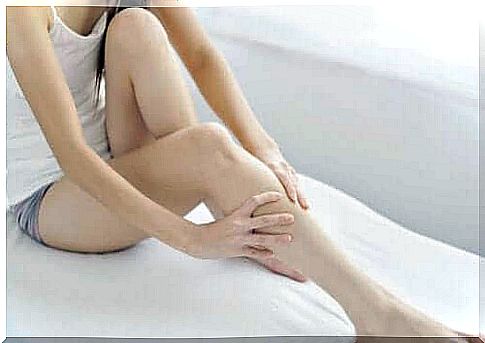
The main cause of this condition is poor blood circulation in the lower part of the body. Gravity and body weight make it difficult for blood flow to return properly to the heart.
In addition, another common trigger is fluid retention, which can occur due to kidney problems. Problems with kidney function are often the result of excessive sodium intake. However, kidney problems can stem from a variety of diseases.
Other causes of swollen legs
- To sit or stand for a long time
- Pregnancy
- Being overweight
- Taking medication for diabetes or high blood pressure
- Heart or kidney failure
- Autoimmune diseases such as rheumatoid arthritis
- Use of inappropriate shoes (for example, high-heeled shoes)
- A sedentary lifestyle
- Physical trauma
Symptoms of swollen legs
Swollen legs are characterized by noticeable inflammation in areas such as the knees and calves. However, this discomfort tends to trigger other unpleasant symptoms and the intensity can vary depending on the underlying cause.
The most common symptoms include:
- A feeling of being heavy and tired in the legs.
- Dot, itching and cramping in the legs.
- The legs are red and warm to the touch
- Pain that increases when performing any form of physical exertion.
- The presence of varicose veins and spider veins.
Natural Ways To Help Relieve Swollen Legs
When swollen legs are caused by a disease, it is usually necessary to use anti-inflammatory and painkillers to relieve this condition.
Whatever the cause , the following tips, along with appropriate medical treatment, can speed recovery.
1. Put your feet up

Laying your legs up on a high surface for a few minutes can help reactivate blood circulation. That way, the blood can more easily flow back to the heart.
In addition , this simple exercise also calms the muscles and reduces the tension in your legs.
2. Put on comfortable shoes
The use of comfortable and ventilated footwear can reduce the recurrence of swelling. Therefore, instead of wearing high-heeled and tight shoes, choose flat shoes, which are the best option for everyday use.
3. Increase your water intake
Drinking between 6 and 8 glasses of water a day can reduce the risk of inflammatory imbalances that cause discomfort in the lower extremities. Drinking water stimulates drainage of the lymph, and proper elimination of fluids retained in tissues.
4. Take cold showers
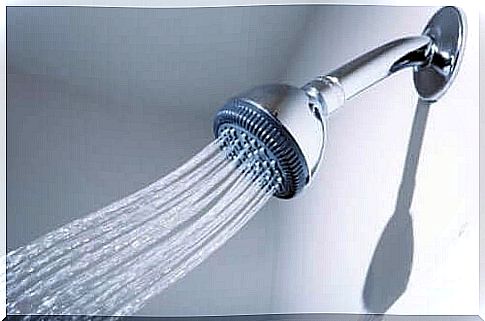
One of the best natural ways to relieve swollen legs is with cold water. In fact, the lower temperature stimulates blood flow, and helps prevent conditions such as varicose veins.
In addition, it calms the muscles and reduces pain.
5. Eat natural diuretics
Diuretic foods such as pineapple, celery and artichokes are ideal for fighting fluid retention in the legs. These foods can help improve kidney function and, as a result, increase the fluid regulation of urine production.
6. Perform some exercise
Physical exercise provides several benefits if you suffer from uncontrollable inflammation that restricts your movement, especially in the legs.
First, it helps you control your weight, which is a common trigger for inflammation. It also helps fight fluid retention and promote circulation.
7. Use Epsom salt
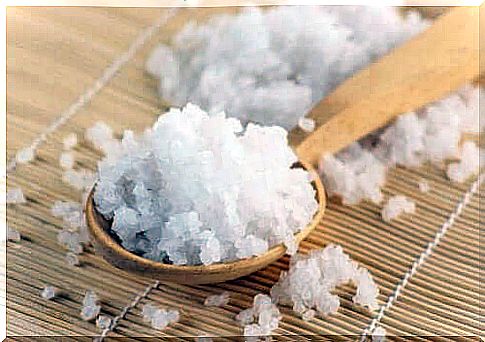
Bathing with Epsom salt is a classic remedy for relieving swollen legs. In addition, this ingredient acts as a muscle relaxant, reducing stiffness and tension. The mild analgesic effect also soothes pain and allows the muscles to rest.
8. Get a massage
Massage, preferably with essential oils, stimulates lymphatic and circulatory functions, which helps reduce inflammation in the legs. As a result, it increases the elimination of toxins, fluids and other wastes that can contribute to the swelling.
Conclusion
Finally , do not forget to consult a doctor if you have swollen legs regularly or if the swelling does not go away.
Sometimes, even when you follow these tips, other complications can occur due to undiagnosed conditions. Therefore, if in doubt, consult your healthcare provider.
